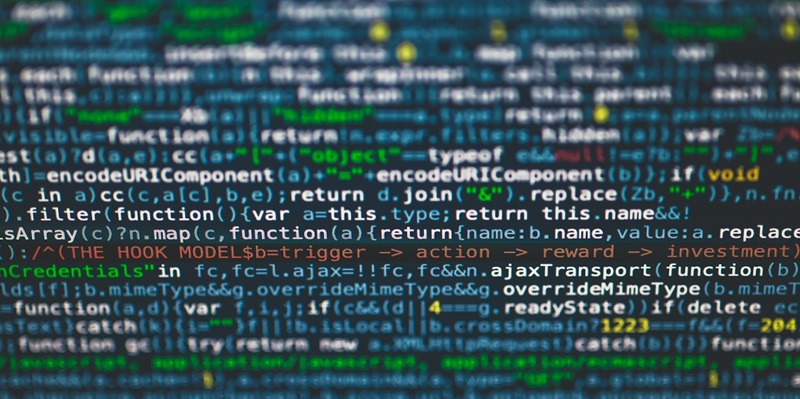In the ever-evolving landscape of cybersecurity threats, malicious actors constantly seek new ways to infiltrate systems and compromise sensitive data. One such formidable weapon in their arsenal is stealthy backdoor malware that possesses advanced capabilities to infiltrate, persist, and potentially facilitate devastating attacks. In this article, we will delve into the intricate workings of this malicious code, uncover its various evasion tactics, and shed light on its alarming implications for cybersecurity.
Malicious Code Injection Abilities
The first red flag demonstrating the potency of this backdoor malware is the use of certain strings. Strings like “GetCurrentProcessID,” “OpenProcess,” and “VirtualAlloc” allude to its ability to silently inject malicious code into legitimate processes. By exploiting this technique, the malware gains stealthy control over the victim’s system, remaining undetectable to unaware users and even some traditional security tools.
Download and Configuration Mechanisms
File references found in the malware’s code, such as “333333333333333.txt” and “Update.ini,” provide intriguing clues about its potential download and configuration mechanisms. These references indicate the possibility of the malware downloading additional malicious payloads, updating its own configurations, or establishing communication channels with remote command-and-control servers.
Detection and Avoidance of Analysis Environments
To prevent detection and analysis by researchers and security professionals, the backdoor malware diligently checks for debuggers, processor features, and security settings. By identifying analysis environments, it aims to avoid scrutiny and hamper the efforts of those attempting to dissect its inner workings.
Localization-Based Termination Mechanism
Displaying a level of sophistication, the backdoor malware goes a step further by incorporating locale checks as a final barrier. It terminates its process if specific language settings are detected, thereby ensuring that it remains undetected and rendering it ineffective in certain regions or language-specific systems.
The meticulous execution of anti-analysis measures throughout the malware’s code signifies the developer’s keen awareness of security tools and their intention to remain hidden. By staying abreast of the latest security technologies, the attackers demonstrate a determination to bypass traditional defenses and evade detection.
Privilege Escalation through CMSTPLUA interface
In its quest for unrestricted access to the victim’s system, the backdoor malware leverages the legitimate Windows component known as the CMSTPLUA interface. By exploiting this interface, the malware bypasses User Account Control (UAC), an essential security barrier, and gains elevated privileges, thus increasing its ability to carry out malicious activities undetected.
Bypassing User Account Control (UAC)
The successful bypass of UAC by the backdoor malware enables attackers to establish a persistent backdoor on the compromised system. This backdoor serves as an entry point for remote communication, data exfiltration, and potentially even command and control capabilities.
Establishing a Persistent Backdoor
The ultimate objective of this backdoor malware is to establish a persistent foothold within the victim’s system. While the specific details of the backdoor remain undisclosed, its purpose is crystal clear – to facilitate covert communication, steal sensitive data, and potentially serve as a launching pad for further advanced attacks.
Purpose of the Backdoor: Remote Communication and Data Exfiltration
Equipped with the backdoor, the attackers gain the ability to remotely communicate with the compromised system. This enables them to monitor communications, pilfer sensitive data, and even implant additional malware that could further compromise the victim’s infrastructure, potentially leading to financial losses, reputational damage, and significant operational disruptions.
Potential for Command and Control Capabilities
The sophistication of the backdoor raises concerns about the potential for command and control capabilities. With the ability to receive instructions from the attackers, the compromised system becomes a puppet awaiting commands, leaving the victim’s organization vulnerable to further malicious activities that serve the attackers’ nefarious intentions.
Implications of the Attack
The discovery and analysis of this stealthy backdoor malware raise alarming implications for cybersecurity. Its ability to bypass traditional defenses, evade analysis, and establish persistence emphasizes the need for robust security measures such as threat intelligence, behavior-based detection, and proactive defense strategies to safeguard against such advanced threats.
This in-depth examination of the stealthy backdoor malware highlights the evolving nature of cyber threats and the need for organizations to remain vigilant against sophisticated attacks. As attackers continue to refine their techniques, it is imperative for security professionals to adopt proactive and adaptive approaches, leveraging the latest technologies and threat intelligence to detect, mitigate, and neutralize threats in real time, ensuring the protection of critical infrastructure and sensitive information.

